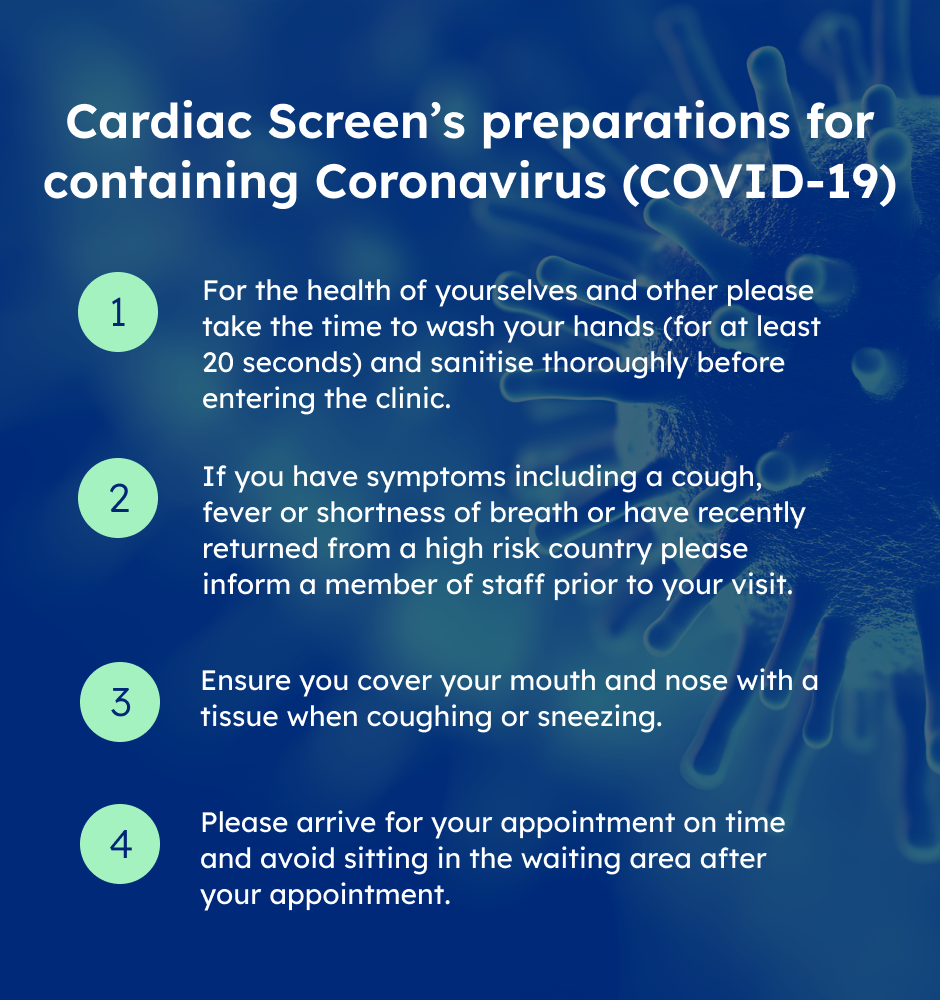Please click here to view Cardiac Screen's preparations for containing Corona Virus
Balppa House, 57-61 Newington Causeway, London SE1 6BD

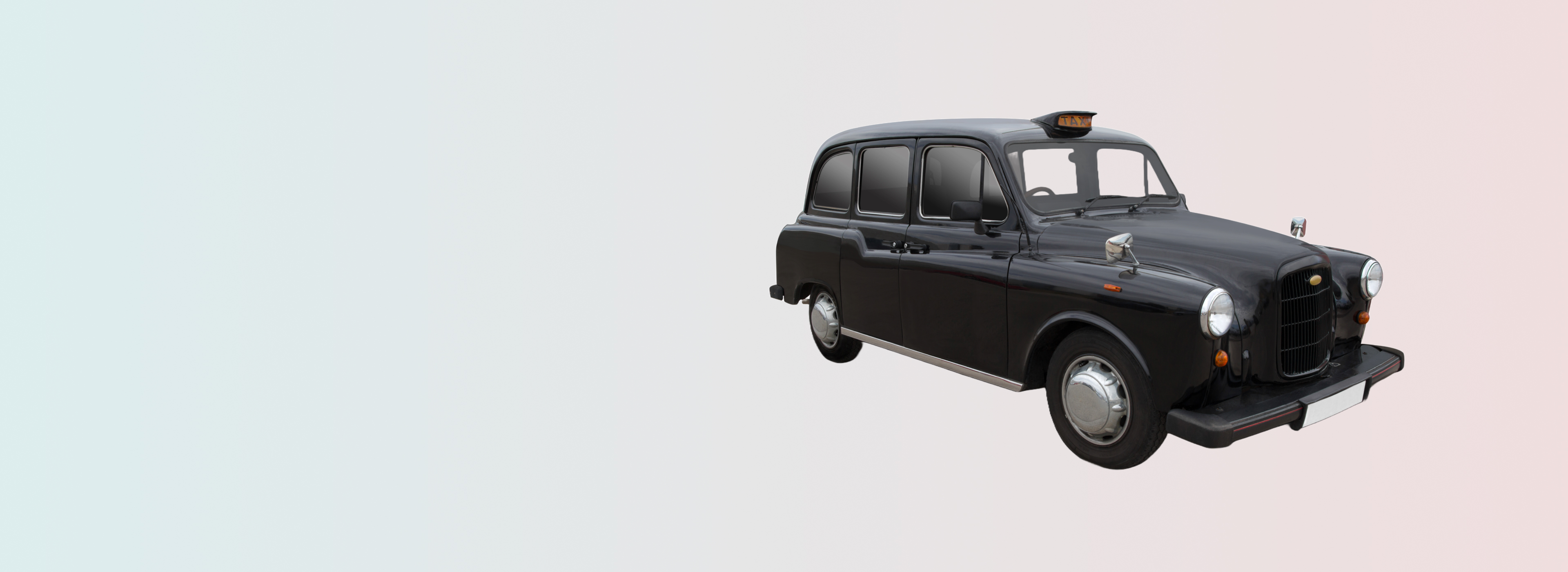
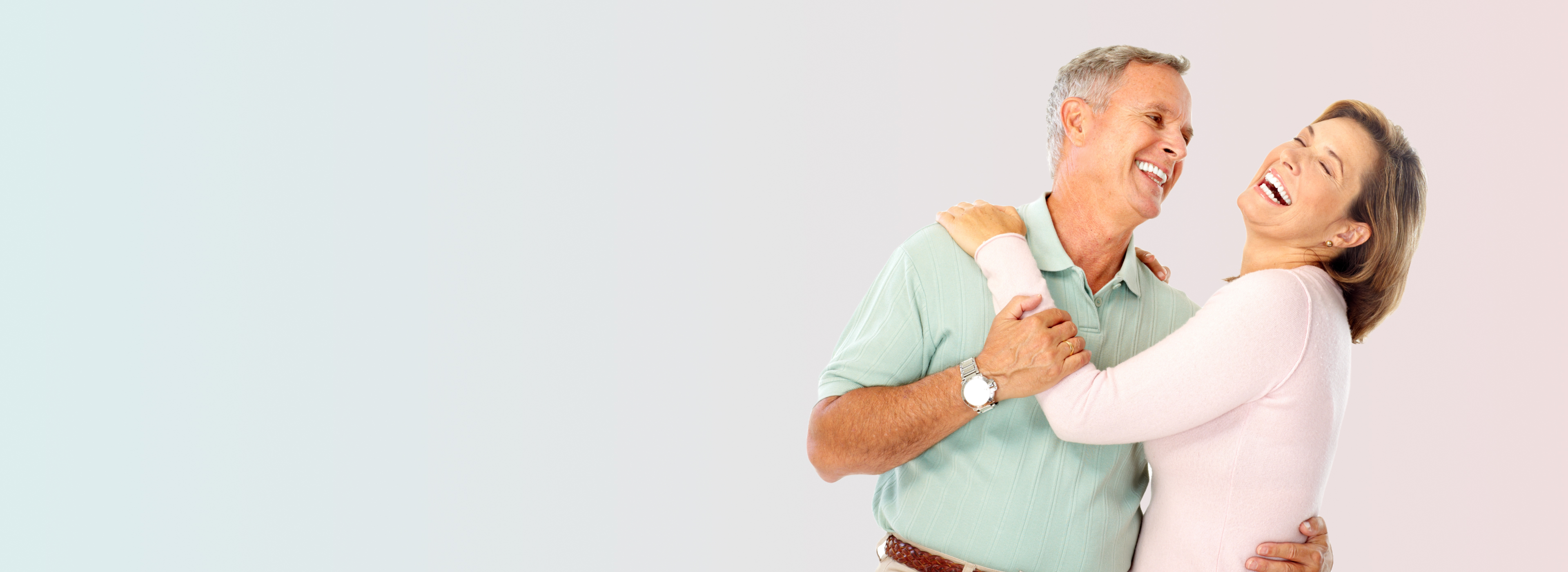
Understand Your Heart Health Now!
A convenient and noninvasive way of evaluating whether you may be at increased risk for a heart attack.
Available at affordable rates!

Pilot Medical Examination
A convenient and noninvasive way of evaluating whether you may be at increased risk for a heart attack.
Book your appointment now for your pilot medical examination
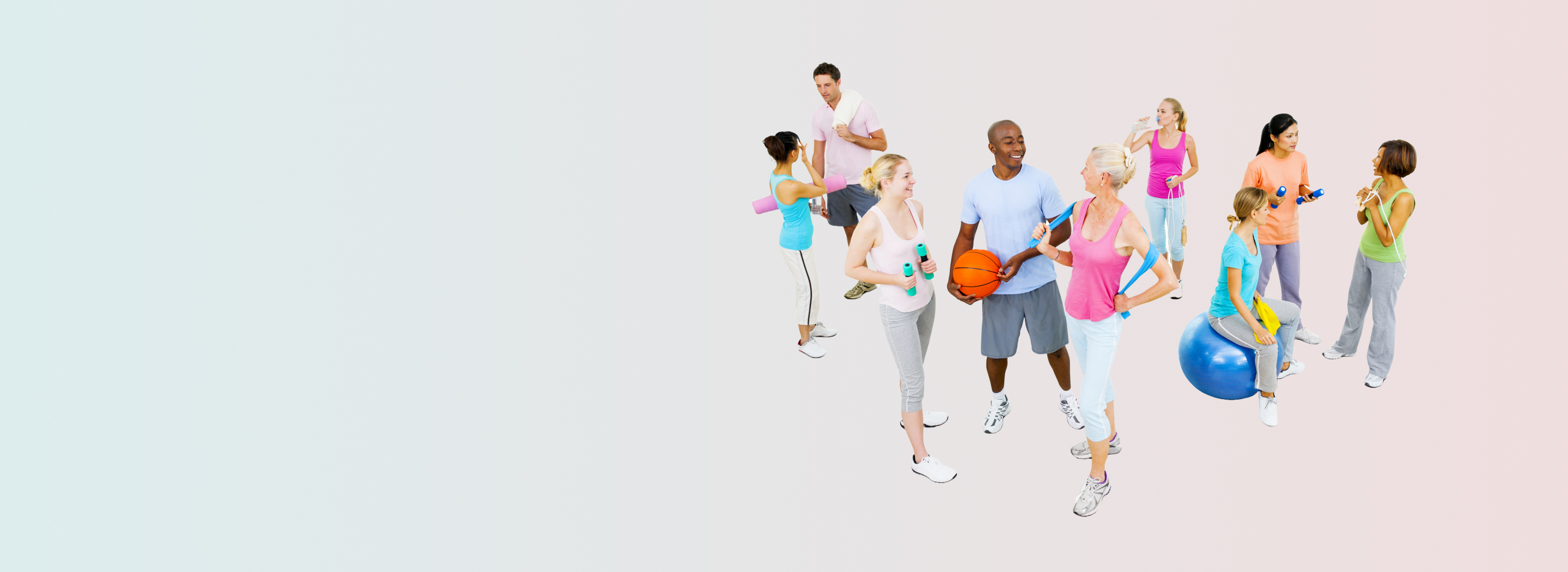
Sports Cardiac Screening /Tests
Comprehensive cardiac sports screening
Tests available at affordable rates!

Popular Cardiac Tests & Services
Cardiac Symptoms Checker
Choose all Symptoms that Apply:
Why Choose Us?
- Same Day / Next Day consultations by our medical specialists team.
- We use the latest equipment to diagnose and treat patients.
- We provide effective and responsive high quality cardiac care.
- We are a CQC approved clinic.
- We provide an integrated multi disciplinary service to minimise disruption to our patients.
- Outstanding patient care and innovative medical treatments.
- Approved and fee assured by all private insurers.
Client Reviews
My appreciation for yet another friendly and professional consultation. Never a welcome undertaking for me but you make it as easy as it can be. Thank you!
Professor Rymer was really helpful and answered all my questions gladly. She really listened and helped me understand her thoughts on my condition. I felt very reassured afterwards!
As usual the reception was courteous and welcoming, emphasised by cups of tea after our 2 hour journey.The Professor's explanation of my condition was clear and very helpful.
Dr. Coutts and his assistant Rekha Dave were both very knowledgable, professional and compassionate. I was very appreciate of Dr. Coutts' assessment of my symptoms and his suggestions for improvem ...ent. Rekha Dave administered the treadmill test and made the process very comfortable for me. I definitely recommend their service to anyone with heart issues.
Health Insurance







Make An Enquiry
Please fill in the form below with your enquiry
Latest News / Blogs

03
Feb
Feb
How to Take Care of Your Heart Health
You can do a lot to take care of your heart and reduce the chances of developing cardiovascular problems in the future. Even if you just start by making a few simple changes, you should soon start to feel healthier and more in control of your health. You might find it easier to make more or bigger changes once you’ve succeeded with some small ones first.
Read More
03
Feb
Feb
Cardiac Care in London During the COVID-19 Pandemic
Many of us have been inspired to take better care of ourselves by the events of the last year, but unfortunately the COVID-19 pandemic has also deterred many people from seeking cardiac care when they need it. Improving your diet and lifestyle can prevent heart disease but it is also vital to be aware of the signs that you need expert help.
Read More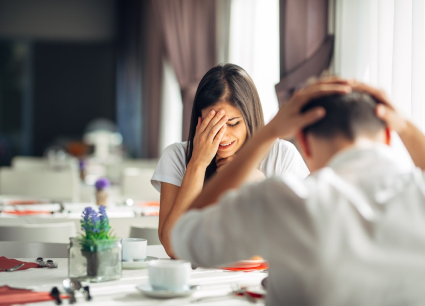
03
Feb
Feb
Why Do Young Adults Get More Stressed?
Stress is a common feature of modern life for people of all ages but it can be more common among younger adults. Every young adult is different but there are some common sources of stress that tend to have a greater impact on this age group.
Read More








